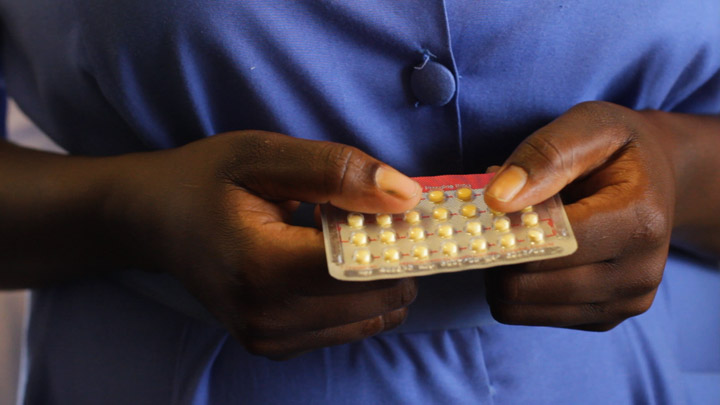Global Financing Facility: Evidence Briefs

At the United Nations General Assembly last September, the World Bank announced a new Global Financing Facility (GFF) for women’s, children’s, and adolescent’s health. The news came as a surprise to many working in the field of sexual and reproductive health. PAI, along with other reproductive rights and family planning organizations, have spent the past few months learning more about the GFF and participating in a consultation to encourage the GFF to explicitly support sexual and reproductive health rights.
Anyone who didn’t have time to read the (literally) hundreds of pages of information on the GFF, here’s what you need to know:
The ultimate goal of the GFF is to “end preventable deaths and improve the quality of life of women, children and adolescents by significantly scaling sustainable investments in Reproductive, Maternal, Newborn, Child and Adolescent Health (RMNCAH).” The guiding principles of the GFF are: (1) Being “smart” by focusing on high impact and cost-effective interventions that can show results; (2) Significantly increasing domestic and international financing to fund RMNCAH at “scale”; (3) Achieving “sustainability” through supporting the transition to “long-term sustainable domestic financing for RMNCAH.”

The GFF will be housed as a trust fund at the World Bank. Norway has pledged $600 million to support the GFF. This is an important kick-start to the fund, but frankly, a drop in the bucket compared to the $27.2 billion needed to fill the 2015 funding gap (as calculated in the GFF concept note). Canada, the U.S., and the World Bank have also pledged support. But these donors seem to be committing funds they already planned to spend.
Sixty-three countries that account for the highest burden of maternal and child deaths worldwide will be able to access funds from the GFF. Exactly how this will work is not clear, particularly since there is currently not enough funding to achieve the scale of donor funds needed. Four frontrunner countries have been selected to kick-start the process: DRC, Ethiopia, Kenya, and Tanzania. The GFF hosted consultations in Tanzania and Kenya last week.
To access funds, countries will develop a RMNCAH Investment Case which will assess needs and identify priorities for funding over the next 3-5 years. They will likely be used for fundraising with external donors, similar to Costed Implementation Plans associated with Family Planning 2020 (FP2020).
Organizations working to promote access to sexual and reproductive health are keenly aware of the need for sexual and reproductive health to be explicitly referenced, or risk losing out of an initiative. The Reproductive Health Supplies Coalition’s Advocacy and Accountability working group has done an amazing job of mobilizing the community to stay informed and engaged. They have come up with an important list of recommendations to make sure the GFF benefits sexual and reproductive health and rights, three of which I want to build on here:
 avoid marginalizing sexual and reproductive health, the GFF should make sure that it features strongly in country Investment Cases. It will also be important to ensure that funding coming from the GFF for family planning can be tracked.
avoid marginalizing sexual and reproductive health, the GFF should make sure that it features strongly in country Investment Cases. It will also be important to ensure that funding coming from the GFF for family planning can be tracked.The GFF is moving quickly. A Business Planning Team, including civil society organizations from the reproductive health community, met January 13th-15th to start hammering out the nuts and bolts of the GFF. It is supposed to be launched at the Third Financing for Development Conference in Addis Ababa in July 2015.
At this point, there is a lot of reason to be cautiously optimistic about the GFF’s potential role in sexual and reproductive health. At least I am hopeful enough to stay engaged on the road to Addis and beyond. The GFF is a complex beast, so I’ll continue writing about different aspects in the coming months. Feel free to leave suggestions for future blog topics in the comments section.
We are fighting back against the onslaught of harmful policies that discard reproductive rights.
Stay informed about the issues impacting sexual and reproductive health and rights.
